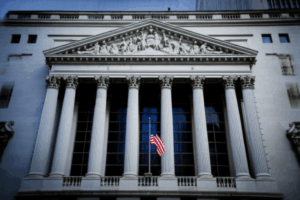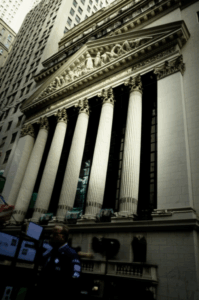Crude Oil Surges as Israel Attacks Iran, Gold and US Dollar Climb Too
Global financial markets were jolted into a state of heightened alert this morning following reports of an Israeli attack on Iranian territory, sending immediate ripple effects across key asset classes. Crude oil prices, a bellwether for geopolitical stability, surged dramatically, reflecting fears of potential supply disruptions in the critical Middle East region. Concurrently, traditional safe-haven assets, gold and the U.S. dollar, experienced significant climbs as investors sought refuge from the escalating uncertainty, signaling a widespread shift towards risk aversion. The swift and pronounced reaction underscores the fragility of the global economic landscape in the face of geopolitical flashpoints.
The Middle East, a pivotal hub for global energy supplies, is inherently sensitive to any conflict, and this latest escalation between Israel and Iran has rekindled deep-seated concerns over the flow of crude. Brent crude, the international benchmark, and West Texas Intermediate (WTI), the U.S. standard, both saw their prices jump by several percentage points within hours of the news breaking. Analysts are pointing to the potential for disruptions to shipping lanes, particularly the Strait of Hormuz, a narrow choke point through which a significant portion of the world’s oil supply passes. Any threat to this vital waterway, or indeed to oil production facilities within the region, can trigger a substantial supply shock, pushing prices higher. For young adults managing their personal finances, this translates directly to the pump, with the potential for higher gasoline prices impacting budgets and discretionary spending, and could even feed into broader inflationary pressures that central banks are already grappling with.
Beyond the energy markets, the flight to safety was equally evident in the rally of gold and the U.S. dollar. Gold, often referred to as the ultimate safe-haven asset, thrives in periods of geopolitical instability and economic uncertainty. As equity markets typically experience sell-offs during such times, investors liquidate riskier assets in favor of the precious metal, which is perceived as a reliable store of value. Its inverse correlation with interest rates and its role as a hedge against inflation also make it attractive when future economic stability is questionable. The current environment, marked by the sudden eruption of conflict, perfectly illustrates gold’s enduring appeal as a buffer against market turmoil. For budding investors, understanding gold’s role as a portfolio diversifier during crises is a crucial lesson.
Similarly, the U.S. dollar reinforced its status as the world’s primary reserve currency and a default safe haven. In times of global stress, capital tends to flow into dollar-denominated assets, driven by the unparalleled liquidity of U.S. financial markets, the perceived stability of the U.S. government, and the dollar’s widespread use in international trade and finance. This surge in demand for dollars strengthens the currency against its major counterparts. While a strong dollar can make U.S. imports cheaper, it also makes U.S. exports more expensive, potentially affecting multinational corporations. For those looking to invest internationally, the strength of the dollar can influence the returns on foreign assets when converted back to their home currency. The concurrent rise of oil, gold, and the dollar paints a clear picture of an investor community bracing for potential fallout, prioritizing capital preservation over growth.
The immediate market reactions are not merely speculative; they reflect a tangible fear of a wider regional conflict that could have profound implications for global supply chains, inflation, and economic growth. Policymakers globally will be closely monitoring the situation, weighing the need to stabilize energy markets against the broader goal of maintaining economic stability. For young professionals, these events serve as a stark reminder of the interconnectedness of geopolitics and financial markets. Understanding these dynamics is crucial for making informed investment decisions, from managing a diversified portfolio to simply budgeting for everyday expenses. The coming days will be critical in determining whether these market surges represent a temporary knee-jerk reaction or the beginning of a more sustained period of volatility and economic re-evaluation.
—





